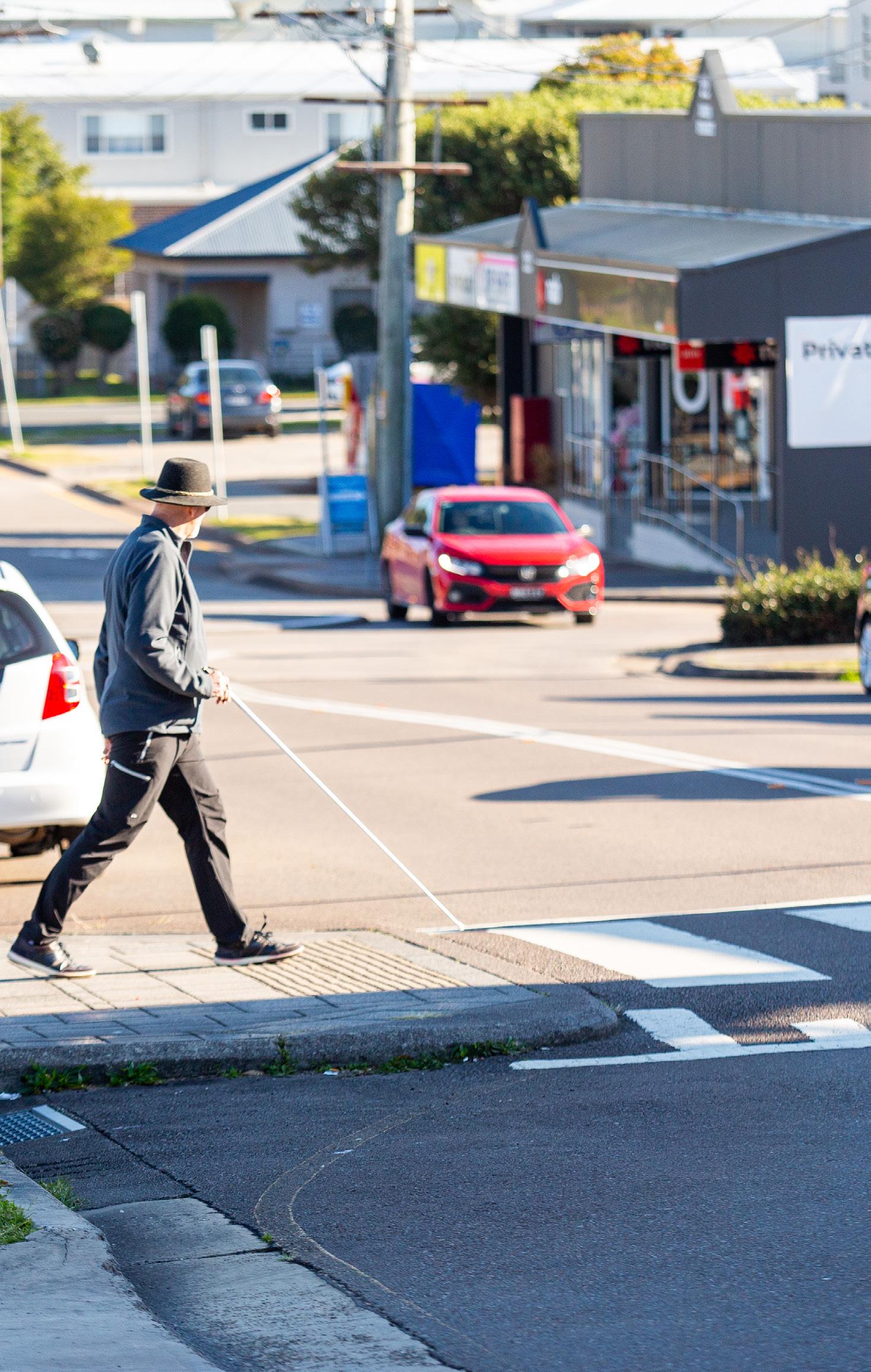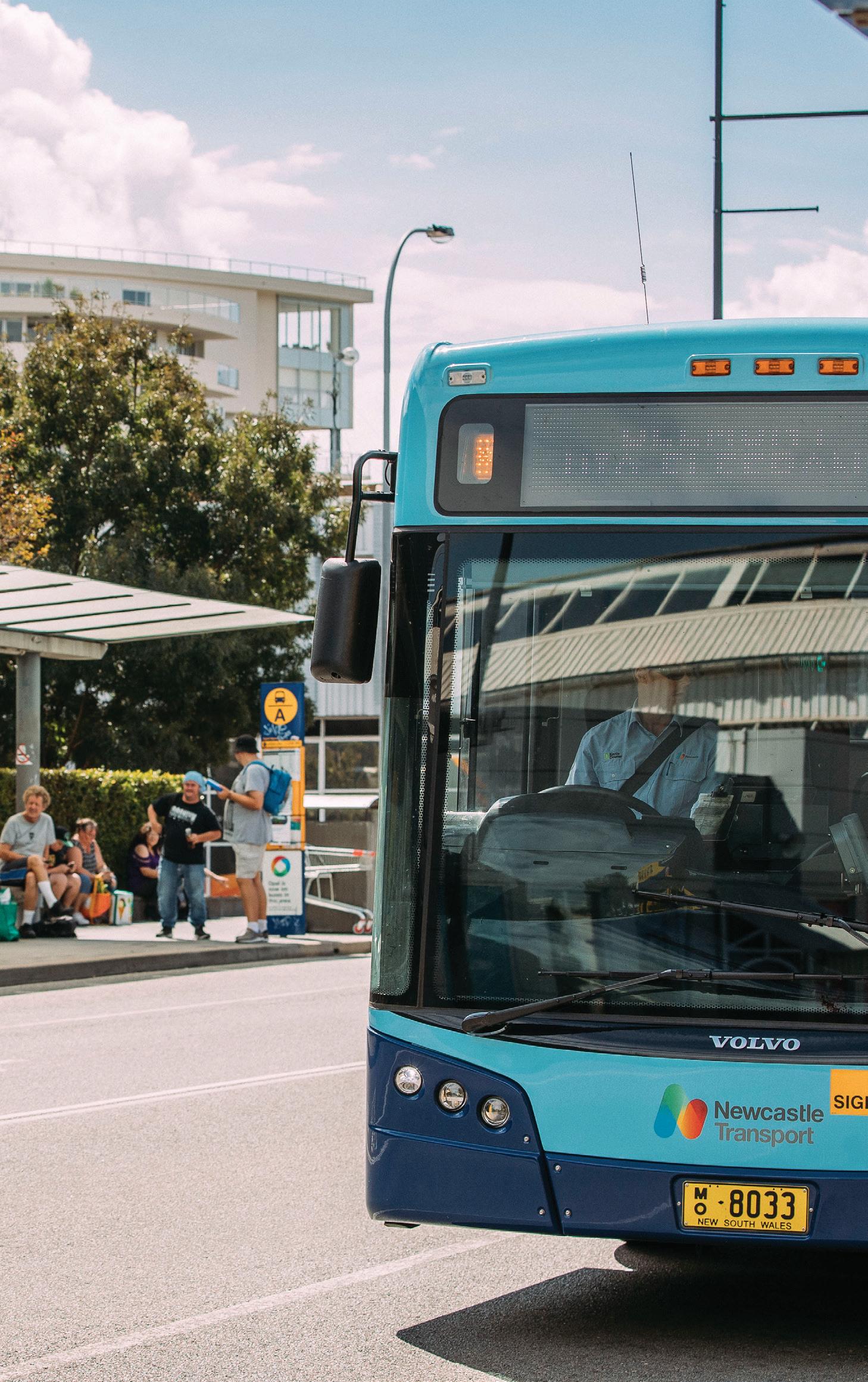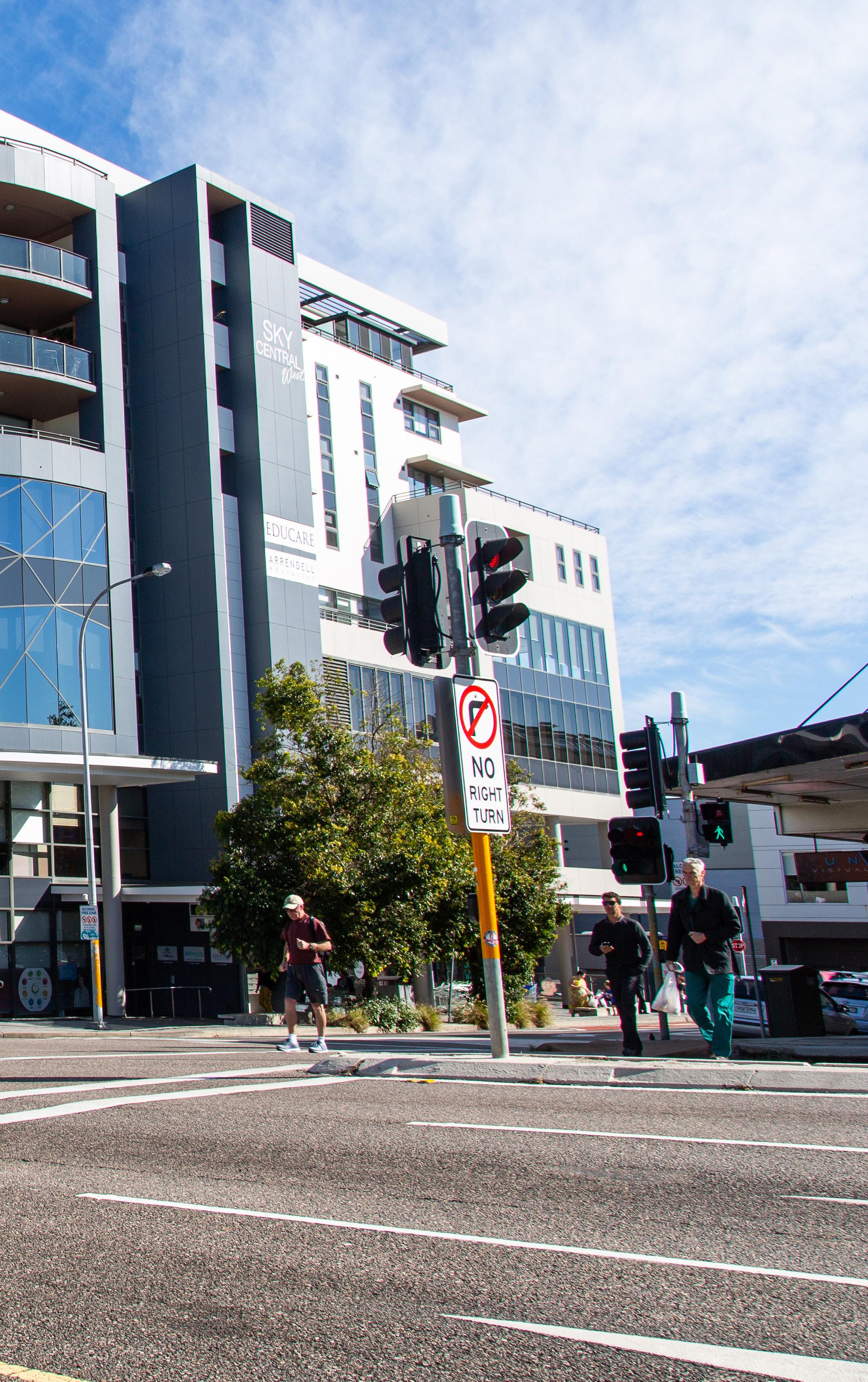TYPES OF PEDESTRIANS AND CYCLISTS We will cater to all, but to achieve our goals we need to pay special attention to more vulnerable groups – children, the elderly and people with disability. All pedestrians benefit from shorter crossing distances, refuge areas, ample room to wait at intersections, intersection control that prioritises their movement and separation from all but the lowest-speed and lowest volume traffic.
0 kmh 0 m/s
Parked bicycles
0 kmh 0 m/s
5 kmh 1.4 m/s
6-7 kmh
1.6-1.9 m/s
Kerb ramps are crucial for wheelchair users and people are walking with extra items, such as prams, trolleys and luggage. People cycle for many different reasons. We need to cater for different travel needs as well as different skill levels. Replacing car trips with cycling trips will largely rely on building more infrastructure separated from traffic and creating reduced vehicle speed shared streets.
10 kmh 2.7 m/s
Cyclist transporting goods
Children and families
10 kmh
Commuter
20 kmh
15+ kmh 4+ m/s
Recreational Cyclist
> 30kmh
WALKING, CYCLING AND BETTER STREETS STRATEGY
37







